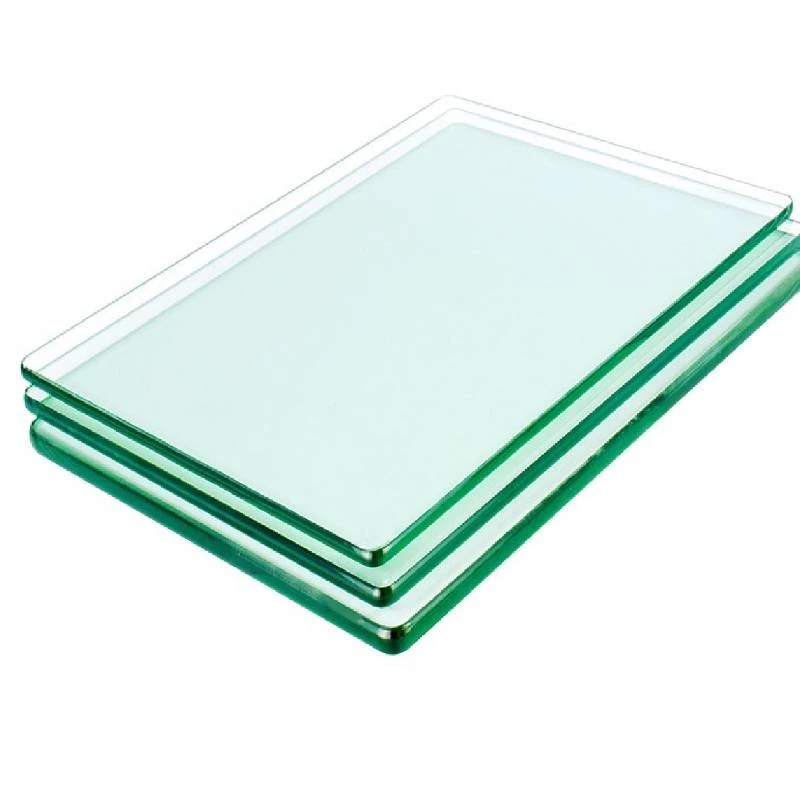Clear Glass Specifications Understanding the Key Features and Applications
Clear glass is a ubiquitous material used across various industries, from construction and architecture to automotive and consumer products. Its aesthetic appeal, functional properties, and versatility make it a preferred choice for many applications. In this article, we will delve into the specifications of clear glass, exploring its key features, types, and common uses.
1. Definition and Composition
Clear glass, often referred to as float glass, is produced by the floating process where molten glass is poured onto molten tin. This method results in a smooth, uniform sheet of glass that is free from distortions, ensuring high optical clarity. The primary raw materials used in making clear glass are silica sand, soda ash, and limestone, where the specific composition can vary based on desired properties.
2. Key Specifications
When discussing clear glass, several specifications are important to consider
- Thickness Clear glass panels come in various thicknesses, typically ranging from 2 mm to 19 mm. The thickness chosen often depends on the application; for instance, thinner glass is suitable for interior decor, while thicker glass is used for external windows and structural applications.
- Dimensions Standard sizes for clear glass sheets are readily available, but custom sizes can be cut to meet specific project needs. Common dimensions include 48 x 96 and 60 x 120.
- Optical Clarity Clear glass is known for its high light transmittance, usually exceeding 90%. This property makes it ideal for applications requiring high visibility and transparency.
- Thermal Properties Clear glass generally has a thermal conductivity of about 1.0 W/mK, which makes it a poor insulator. Consequently, enhanced thermal performance can be achieved by using double or triple glazing and coatings to minimize energy loss.
- Strength The strength of clear glass is a critical factor, especially in structural applications. It can be tempered or laminated to increase its resistance to impact, thermal stress, and breakage. Tempered glass, for instance, is about five times stronger than standard glass and shatters into small, blunt pieces upon breakage, enhancing safety.
3. Types of Clear Glass
Various types of clear glass are designed to meet specific requirements
clear glass specs
- Annealed Glass The most basic form, often used in interior applications where safety and strength are not primary concerns.
- Tempered Glass Produced through a heating and rapid cooling process, it offers increased strength and safety, making it suitable for shower doors, glass doors, and facades.
- Laminated Glass Consists of two or more layers of glass held together by an interlayer, this type enhances safety and sound insulation, often used in car windshields and building facades.
- Low-iron Glass Contains less iron content, significantly increasing light transmittance and reducing greenish tint, making it ideal for high-end architectural applications.
4. Applications
Clear glass's versatility allows it to be used in a myriad of applications, including
- Architecture and Construction Used for windows, facades, and skylights to provide natural light while maintaining aesthetic appeal.
- Automotive Widely used for windshields and side windows due to its clarity, safety features, and ability to withstand weather conditions.
- Consumer Goods Found in products such as glassware, mirrors, and display cases, where clarity and attractiveness are paramount.
- Safety and Security Enhanced types of clear glass, such as laminated and tempered varieties, are used in high-security applications, including banks and commercial buildings.
Conclusion
In summary, clear glass is a vital material with numerous applications and an impressive set of specifications that cater to diverse needs. Its combination of optical clarity, strength, and versatility continues to make it a preferred choice in modern design and architecture. As technology advances, we can anticipate further innovations in clear glass properties, expanding its use in even more applications. Understanding its specifications enables architects, engineers, and designers to make informed decisions that optimize functionality and aesthetic appeal in their projects.
 Afrikaans
Afrikaans  Albanian
Albanian  Amharic
Amharic  Arabic
Arabic  Armenian
Armenian  Azerbaijani
Azerbaijani  Basque
Basque  Belarusian
Belarusian  Bengali
Bengali  Bosnian
Bosnian  Bulgarian
Bulgarian  Catalan
Catalan  Cebuano
Cebuano  Corsican
Corsican  Croatian
Croatian  Czech
Czech  Danish
Danish  Dutch
Dutch  English
English  Esperanto
Esperanto  Estonian
Estonian  Finnish
Finnish  French
French  Frisian
Frisian  Galician
Galician  Georgian
Georgian  German
German  Greek
Greek  Gujarati
Gujarati  Haitian Creole
Haitian Creole  hausa
hausa  hawaiian
hawaiian  Hebrew
Hebrew  Hindi
Hindi  Miao
Miao  Hungarian
Hungarian  Icelandic
Icelandic  igbo
igbo  Indonesian
Indonesian  irish
irish  Italian
Italian  Japanese
Japanese  Javanese
Javanese  Kannada
Kannada  kazakh
kazakh  Khmer
Khmer  Rwandese
Rwandese  Korean
Korean  Kurdish
Kurdish  Kyrgyz
Kyrgyz  Lao
Lao  Latin
Latin  Latvian
Latvian  Lithuanian
Lithuanian  Luxembourgish
Luxembourgish  Macedonian
Macedonian  Malgashi
Malgashi  Malay
Malay  Malayalam
Malayalam  Maltese
Maltese  Maori
Maori  Marathi
Marathi  Mongolian
Mongolian  Myanmar
Myanmar  Nepali
Nepali  Norwegian
Norwegian  Norwegian
Norwegian  Occitan
Occitan  Pashto
Pashto  Persian
Persian  Polish
Polish  Portuguese
Portuguese  Punjabi
Punjabi  Romanian
Romanian  Russian
Russian  Samoan
Samoan  Scottish Gaelic
Scottish Gaelic  Serbian
Serbian  Sesotho
Sesotho  Shona
Shona  Sindhi
Sindhi  Sinhala
Sinhala  Slovak
Slovak  Slovenian
Slovenian  Somali
Somali  Spanish
Spanish  Sundanese
Sundanese  Swahili
Swahili  Swedish
Swedish  Tagalog
Tagalog  Tajik
Tajik  Tamil
Tamil  Tatar
Tatar  Telugu
Telugu  Thai
Thai  Turkish
Turkish  Turkmen
Turkmen  Ukrainian
Ukrainian  Urdu
Urdu  Uighur
Uighur  Uzbek
Uzbek  Vietnamese
Vietnamese  Welsh
Welsh  Bantu
Bantu  Yiddish
Yiddish  Yoruba
Yoruba  Zulu
Zulu 

